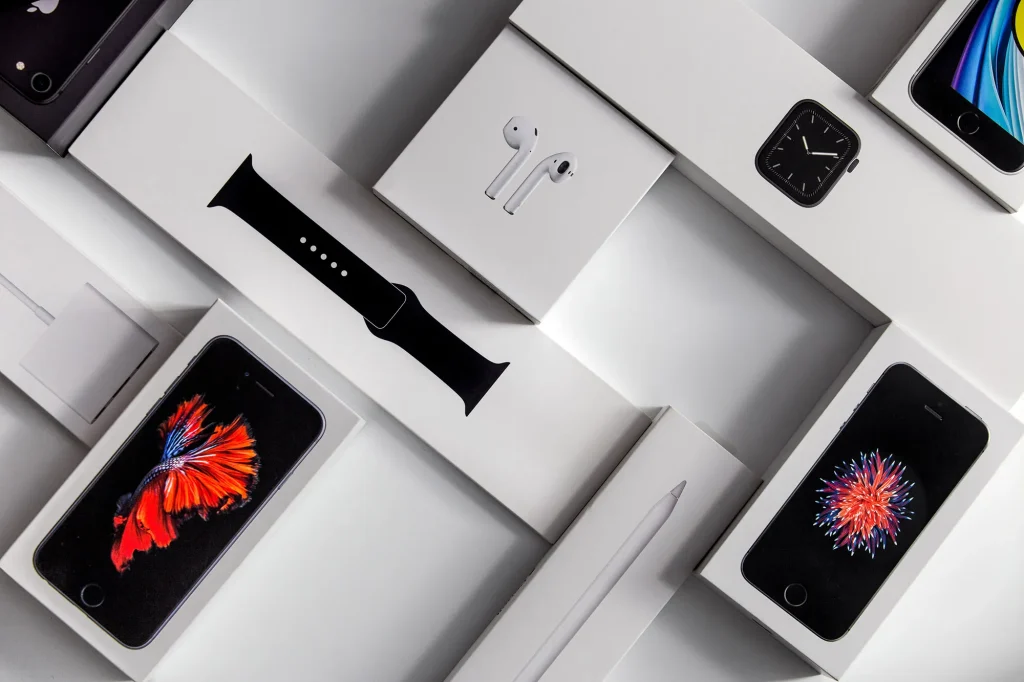Quick Start can be used to automate the setting up of an iPhone or iPad using an iCloud back-up. The transfer process will take few moments, and your device may be unable to work.
To prevent power failures make sure both devices remain running on battery throughout the process. Restart both devices, if required.
Data Transfer Information on Data Transfer
Make sure that you check with the seller of an used iPhone, iPad, or iPod removed the settings and contents from the device and also removed its Apple ID. Otherwise, the device may still be linked to the account of the previous owner and you could end up transferring the data and applications to your new iPhone.
It’s a simple process which requires just two iPhone devices (preferably with iOS 12.4 or higher) as well as a Wi-Fi connection, an active internet connection, and just a couple of minutes to your attention. Each device will provide you with an estimate time of the transfer. It is then possible to begin using your iPhone. This technique can be used to restore an iTunes backup.

Apple Device Setup for Pre-owned Apple devices
The guarantee of an Apple refurbs or certified-pre-owned product is extended. But, you’ll need to take a few steps in order to prepare it to use it for business purposes.
In the first place, check that the previous owner has signed to iCloud and deleted all data and settings. Ask them to remotely erase the content and settings in case they’ve not done the task.
Bring the older iPhone and new iPhone close together and follow the prompts to begin setup. Quick Start transfers data and settings from one iPhone to the other via wireless or cell.
Apple Configurator allows you to manually enroll a previously used iPhone in your business. For this, you must select the “Prepare an enrollment device” option from Apple Configurator and choose the configuration profile that includes the Wi-Fi payload.
iCloud Backup and Restore
If you restore content from an iCloud back up It will restore applications, images and songs that are running in the background. The process could take hours, or perhaps some days. Connect the device to Wi-Fi or cellular throughout the restoration process.
You’ll be required to input you Apple ID during the restore procedure. This will take place within the Apps and Data pages on the device. It’s required in order to restore the old applications and purchases.
Additionally, you’ll have to pick the backup. You’ll also need to choose an option to backup. Then follow the onscreen steps for setting up and then start making use of the new device. It could take longer to allow iCloud to save app data than other backups.
Quick Start Data Transfer
It is easy to move your settings and data from an old iPhone onto a new iPhone with Quick Start. It only works if the devices both run iOS 12.4.
Quick Start is available by switching on your new iPhone after which you bring it up to your previous iPhone. The animation will appear in your newly-created iPhone screen. Make use of the camera on your previous iPhone to capture a shot.
The two phones must be kept close together and power-connected until the transfer is complete. The amount of data and the network condition will determine the length of time required. If you wish to transfer additional data onto your new iPhone it is possible to restore to an iCloud backup or use FoneTools.
Migrator
After your Mac has been configured to your new Mac it is possible to run Migration Assistant in The menu bar > Utilities to transfer files as well as settings from your old Mac and site here https://tientranmobile.com/. Both Macs must have the exact OS X version and be connected to the same network.
The same can be done to transfer data to your Time Machine backup or external copy drive. To transfer content, choose from another Mac or from a clone drive in the Migration Assistant window, and then adhere to the screen-based instructions.
Sometimes, the Migration Assistant becomes stuck or freezes. This could happen when you’re running antivirus or firewall software running simultaneously on two PCs. To get around this issue, you can try these eight effective methods that are simple to follow.

